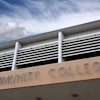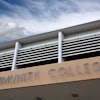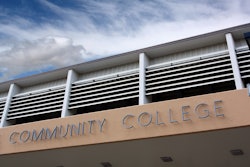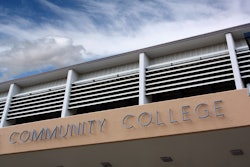Science Committee Questions
Pathways to Engineering EducationTwo- and four-year colleges must work together to align curricula, committee says
By Charles Pekow
If the nation is to have enough engineers in coming years, it must turn community colleges into developmental gateways for the engineering profession. And community colleges will be able to perform that role only if they work much more closely with four-year schools to align curricula, retain students and maintain standards. That is the warning sounded by a forthcoming report from a study committee formed by the National Academy of Engineering and affiliates of the National Science Foundation. Although 40 percent of engineers already come through community colleges, the numbers will have to increase in order to meet a growing need, the committee said.
According to the report, “Enhancing the Community College Pathway to Engineering Careers,” articulation agreements are the first things schools need to improve.
Sometimes faculty at two- and four-year schools work together well, but they often don’t have the power to make transfers work, the committee found.
“Although many educational institutions have transfer officers and dedicated advisors, decisions about which courses will transfer are often handled by registrars or admissions officers that may be far removed from the partnership. Faculty members often have the clearest idea of which courses should transfer,” reads the report. On the other hand, “If only one or two faculty members are behind the transfer mission, those faculty members may become indispensable to the functioning of the program. If they stop participating or retire, for example, there could be a major interruption in the transfer function.”
One interesting partnership has sprung up between North Carolina State University and Lenoir Community College in Kinston, N.C. NCSU provides Lenoir with the names of students rejected from its freshman class. Lenoir then contacts the students, telling them that they can enroll in the two-year college’s engineering program with the possibility of transferring to NCSU in the future.
For decades, statewide councils of undergraduate engineering educators representing two- and four-year programs in Washington state and California have been meeting once or twice a year to discuss coordination, standards and other transfer issues.















